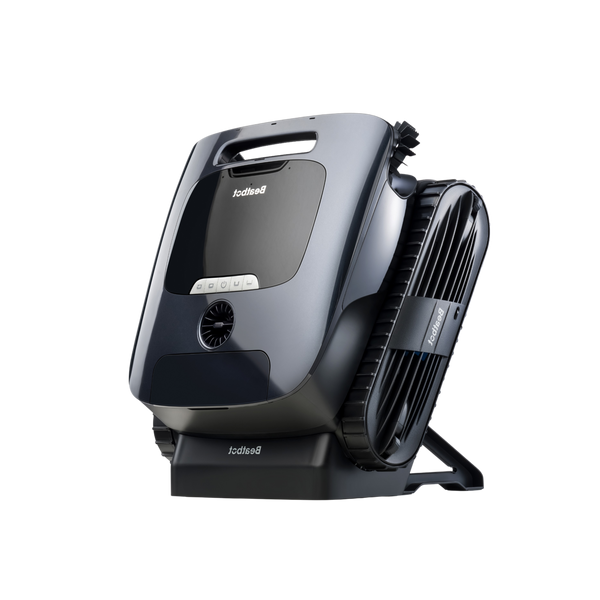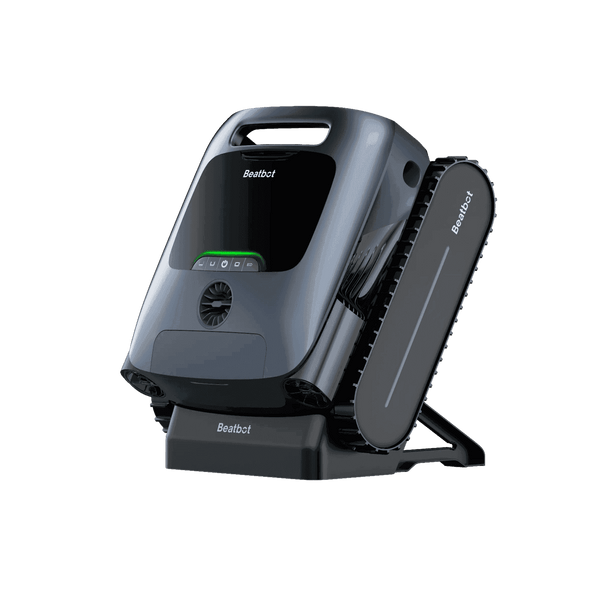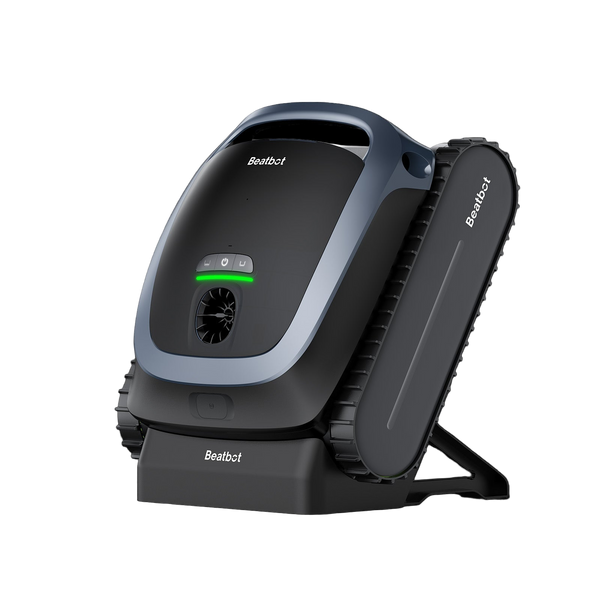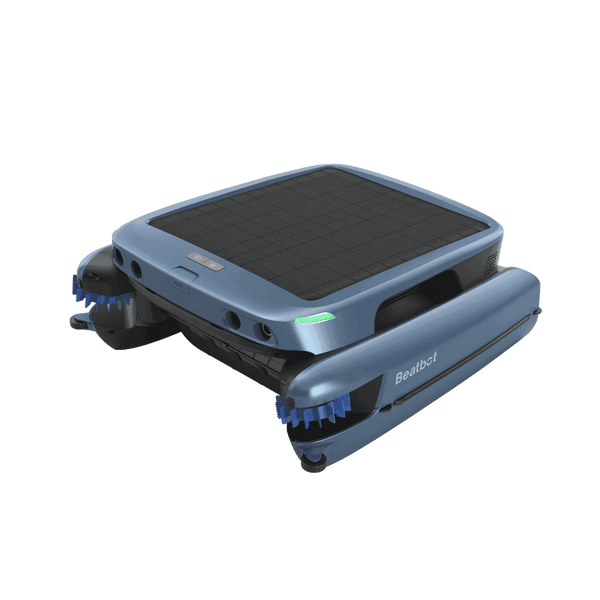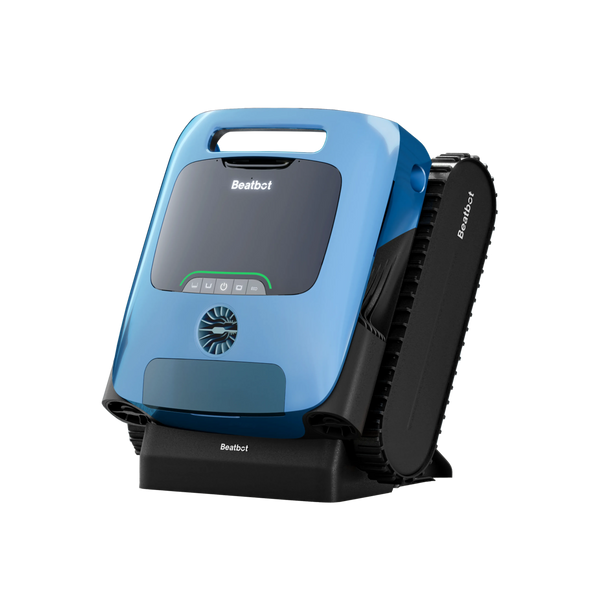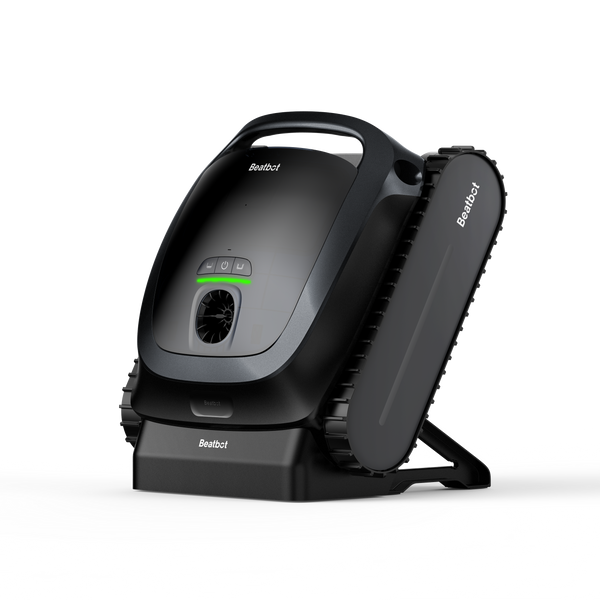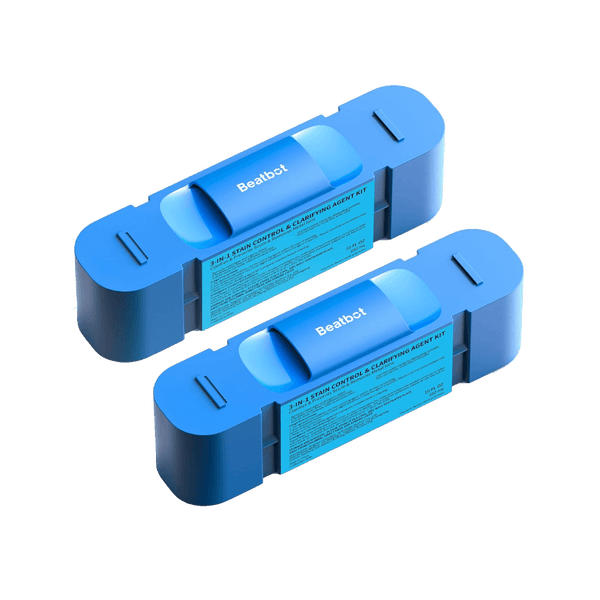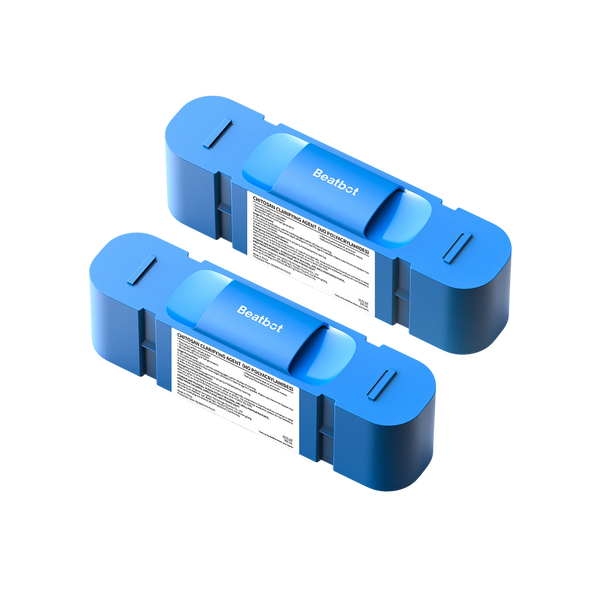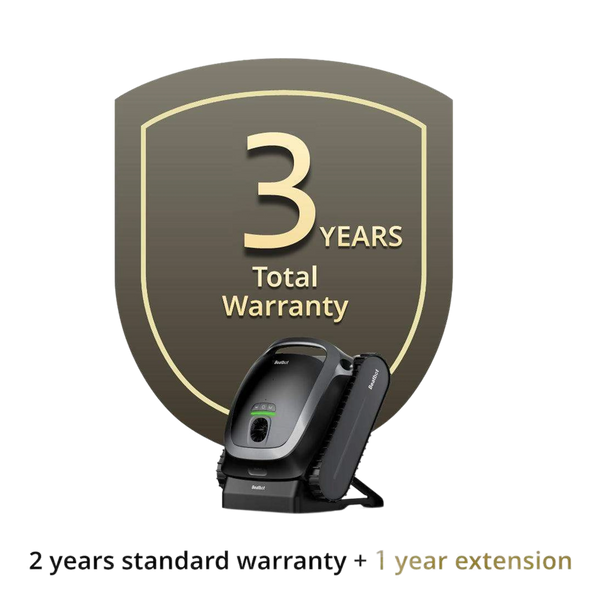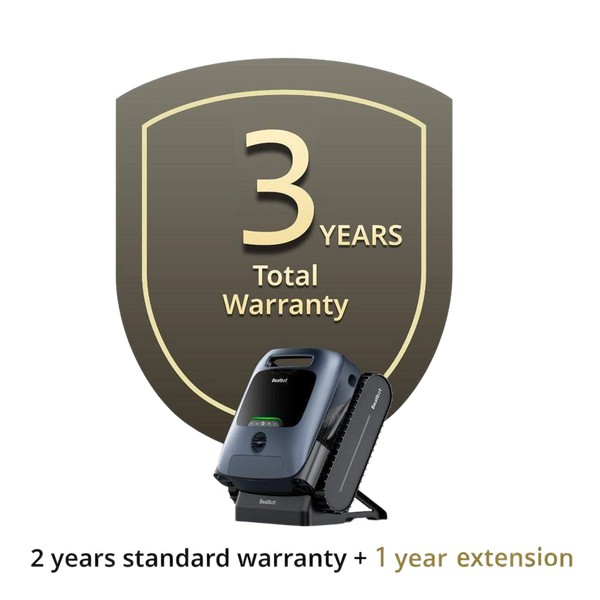Home > Blogs > How Long Can You Safely Leave a Pool Robot in the Pool Before It Impacts Performance?
How Long Can You Safely Leave a Pool Robot in the Pool Before It Impacts Performance?
Pool robots like Beatbot’s have revolutionized backyard pools—drop one in, relax, and let it scrub and suck up debris until the water sparkles like a photo shoot. They’re a godsend, but here’s the nagging question: how long can you leave them submerged before they start to wear down? We’re not just debating the basics; this is about how extended water time messes with their mojo—think battery fade, motor strain, chemical wear, and gunk buildup. With Beatbot’s 2025 upgrades and expert insights, I’ll break down what’s at risk and how to keep your robot running strong. Let’s dive in.
Table of contents

Why It’s Tempting to Let It Linger
I get it—hauling a pool robot out after every cycle isn’t exactly thrilling. Cordless models, like Beatbot’s AquaSense Pro, make it so easy to just plop them in and forget about them. They glide around for hours, some even parking themselves when they’re done. And those fancy economy modes? They’ll clean in spurts over days, practically begging you to leave them be. It’s a busy person’s dream—no wrestling with cords or schlepping a wet machine across the deck.
But here’s the rub: convenience can come back to bite you. These robots are tough, no doubt—engineered to handle water like champs—but they’re not meant to live in the deep end forever. Leave them submerged too long, and the pool’s harsh reality starts wearing them down in ways you might not notice until the damage is done. So, how long is too long? Let’s break it apart and see what’s really going on.
Battery Life: The Silent Clock Ticking
If you’ve got a cordless Beatbot, the battery’s the heartbeat keeping it alive. These things can churn through a pool for hours—some models clock in at five hours straight, which is plenty for even a monster-sized pool. But what happens when you let it sit underwater for days, or even weeks, between jobs?
It’s not like the battery’s draining while it’s idle—thank goodness for that—but the environment takes its toll. Lithium-ion batteries, the kind in most high-end robots, don’t love being wet all the time. Water’s sneaky. Over days, it can find the tiniest cracks in seals, especially if your pool’s a rollercoaster of hot days and chilly nights. Heat speeds up chemical wear inside the battery, while cold makes everything a little stiffer. Leave it in for more than a day or two at a stretch, and over months, you might shave a bit off its capacity. Not a crisis, but enough to notice shorter runtimes eventually.
Beatbot’s got your back with smart chargers that stop juicing once the battery’s full—no overcharging headaches here. Still, the pros say it’s smart to fish it out after a cycle—say, 2-5 hours depending on your pool—and let it dry off. Charge it up, and it’s ready to roll next time. Keeps that battery kicking for years.
Motors: The Little Engines That Could But Shouldn’t Always
The motor’s the muscle behind the magic—spinning brushes, powering suction, driving the robot up walls. Beatbot’s triple-motor setups, like in the Tank X11, crank out serious power, sucking up 3300 gallons an hour. When it’s running, that motor’s a beast. When it’s off, sitting in the pool? You’d think it’s fine, just chilling. Not exactly.
Water doesn’t quit. Even with the robot powered down, it’s pressing against seals, looking for a way in. Over time—think a week or more—moisture can sneak past gaskets, especially if they’re starting to wear. Add in pool chemicals like chlorine, and you’ve got a recipe for slow corrosion or gunk around the motor. Ever had a leaf jam up a crevice? That’s a tiny time bomb waiting to stress things out when you hit start again.
How long before it’s a real issue? Experts figure a week straight in the pool, especially with heavy chemicals, might start nibbling at motor performance within a year or two. You’d see it—suction gets wimpy, or it moves like it’s half-asleep. Beatbot’s 2025 models fight back with beefier seals and tough materials, but even they appreciate a breather. Pull it out after a day or two, and you’re golden.
Chemicals: Friend Today, Foe Tomorrow
Pool chemicals are a love-hate thing for robots. Chlorine and pH balancers keep your water safe to swim in, but they’re not exactly gentle. Leave a robot soaking for days, and that chemical stew starts gnawing at it. Rubber tracks might get brittle, plastic could fade or crack, and any metal bits—rare, but possible—might rust.
Beatbot’s latest, like the AquaSense 2 series, are built to shrug this off with chemical-proof shells. Some even toss in clarifying agents to tackle murky water, proving they can hang with the tough stuff. But there’s a breaking point. Experts warn against leaving it in more than 48 hours when chemicals are peaking—like after you shock the pool. That’s when chlorine levels go nuts, and it’s rough on everything. My take? Yank it out when you’re dosing the water, let things settle for a day, then send it back in. Keeps the robot happy and the pool crystal-clear.
Debris: When the Cleaner Gets Dirty
Here’s a funny twist: pool robots scoop up junk, but leave them in too long, and they turn into junk collectors. Leaves, bugs, and silt pile up in the filter or stick to brushes. Let it sit for days, and that mess can rot—yep, it stinks—or clog things up. Next time you run it, it’s wheezing through the job.
Beatbot’s filters, like the big ones in the Tank X11, can handle a ton, but they’re not invincible. Pros say more than a day idle after cleaning risks gunk hardening, especially in leafy pools. Over weeks, it’s a strain on the system—motor’s working overtime, efficiency’s shot. Easy fix: dump the filter after each run, rinse it, and don’t let it loaf in the water too long. Keeps it running like new.
What the Experts Say—and Beatbot’s 2025 Edge
So, what’s the sweet spot? Experts I’ve chatted with, plus the latest scoop as of April 2025, peg it at 24-48 hours tops between uses or pulling it out. That’s the safe zone—keeps wear low and performance high. Got an economy mode, like on the AquaSense Pro? Stretch it to a week if you’re watching debris and chemicals.
Beatbot’s 2025 gear is next-level. The Wybot S3, fresh from CES, self-empties, charges via solar, and maps your pool with ultrasound. It’s a tank, built to handle longer stints, but it still loves a break. Smart apps let you time cleanings just right—no guesswork, no over-soaking.
Tips to Keep Your Beatbot Rocking
Here’s my playbook for keeping your robot in fighting shape:
Post-Cycle Ritual
Grab it within a day, dump the filter, rinse it with the hose, and let it dry somewhere shady. Stops gunk and chemicals wear dead.
Chemical Time-Out
Pull it when you’re shocking the pool or dumping in big doses. Give it 24 hours to chill before it dives back in.
Off-Season Hideout
Not swimming for a while? Stash it somewhere cool and dry, out of the sun. Battery and body will thank you.
Quick Peek
Every month, eyeball the seals, brushes, and tracks. Beatbot’s tough, but spotting trouble early keeps it smooth.
Wrapping It Up
Pool robots like Beatbot’s are workhorses, no doubt—built to take on water and win. But they’re not meant to camp out in the pool forever. Stretch it past a day or two—or a week in eco mode—and you’re flirting with battery fade, motor woes, chemical scars, and debris drama. Give it a rest after each job, treat it to a quick rinse, and you’ll have a poolside pal that lasts. With Beatbot’s 2025 tricks up its sleeve, you’re set for a clean pool and a robot that keeps on trucking. Just don’t push it too hard—it’s a helper, not a submarine.
Relative Blogs
About the author
